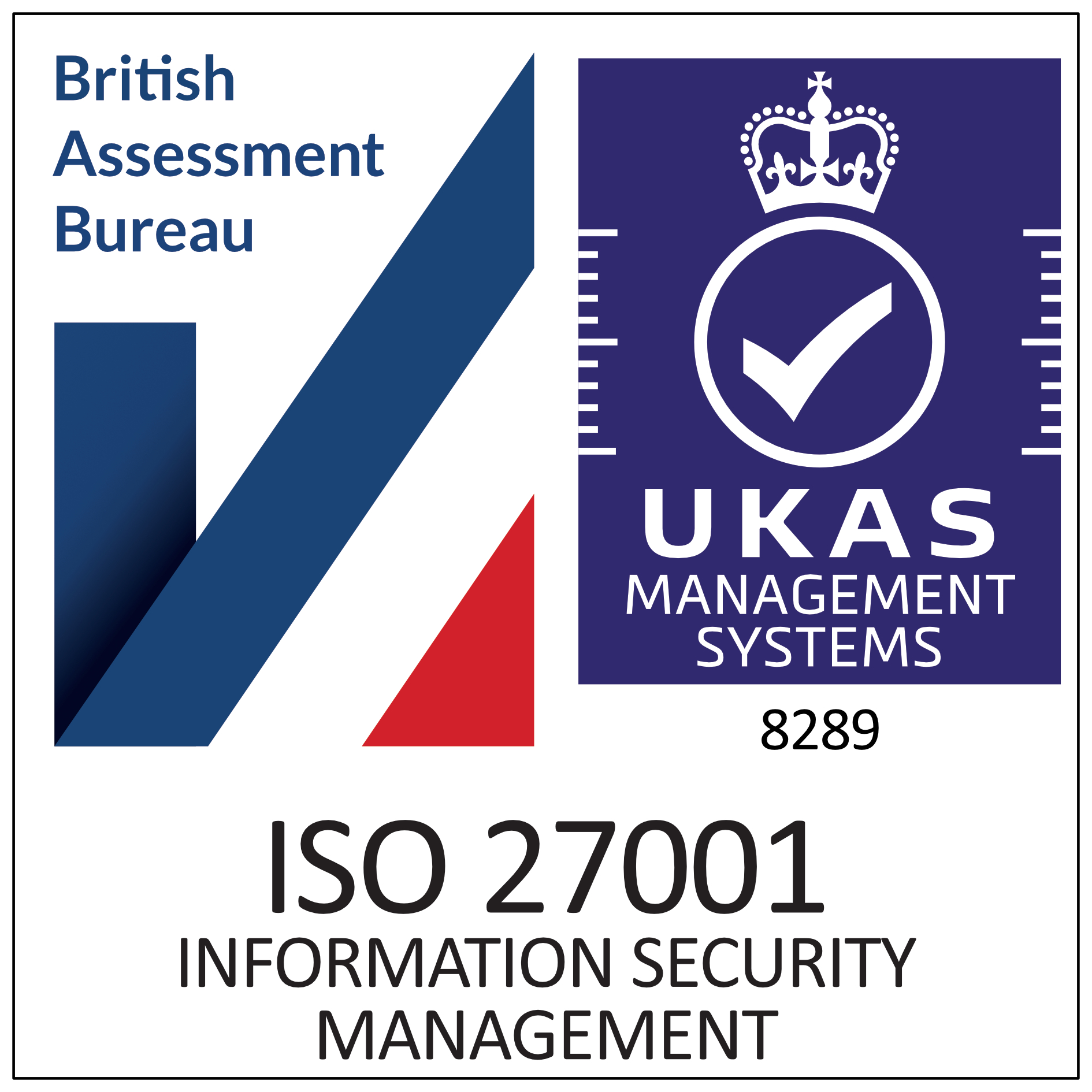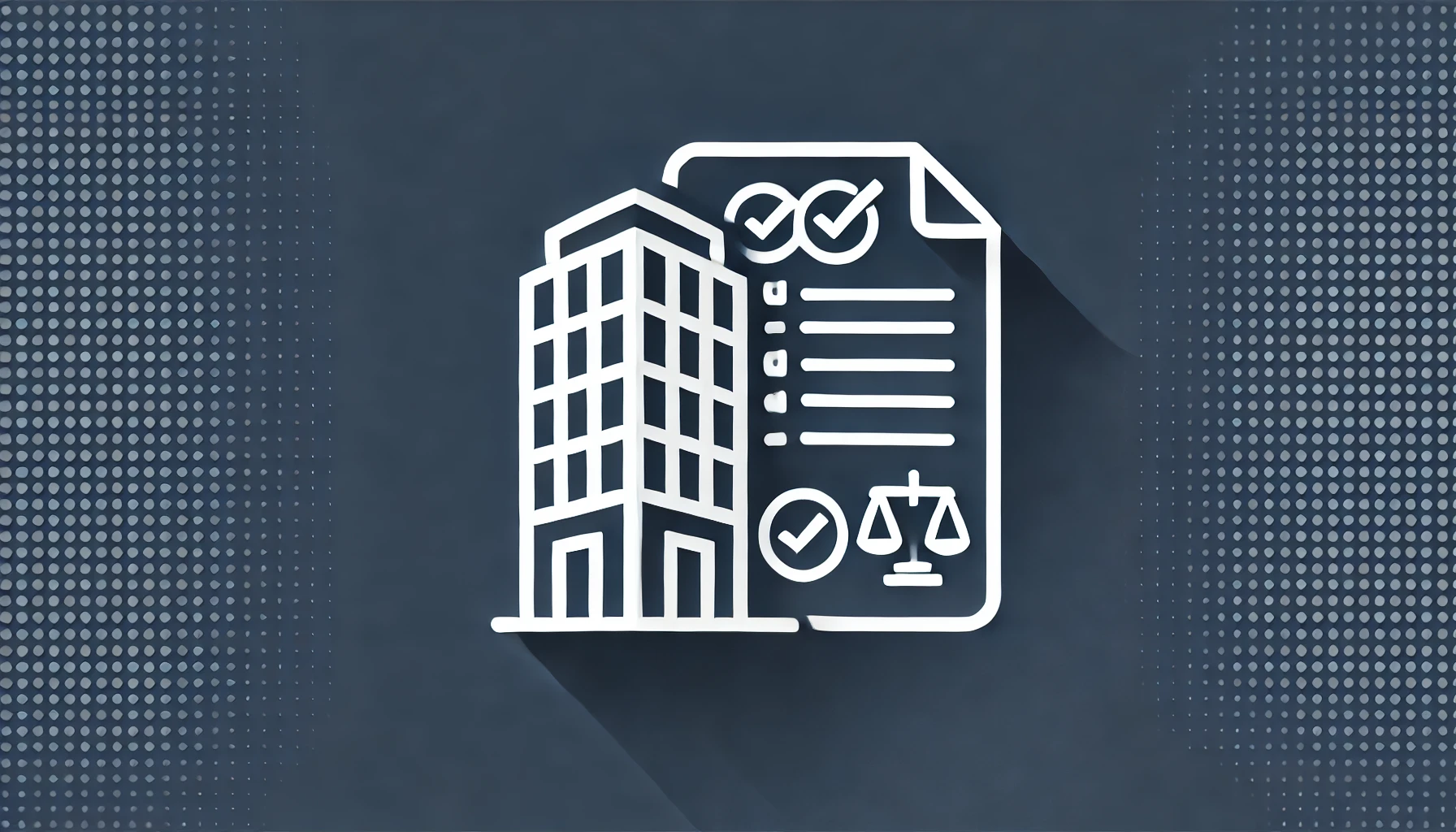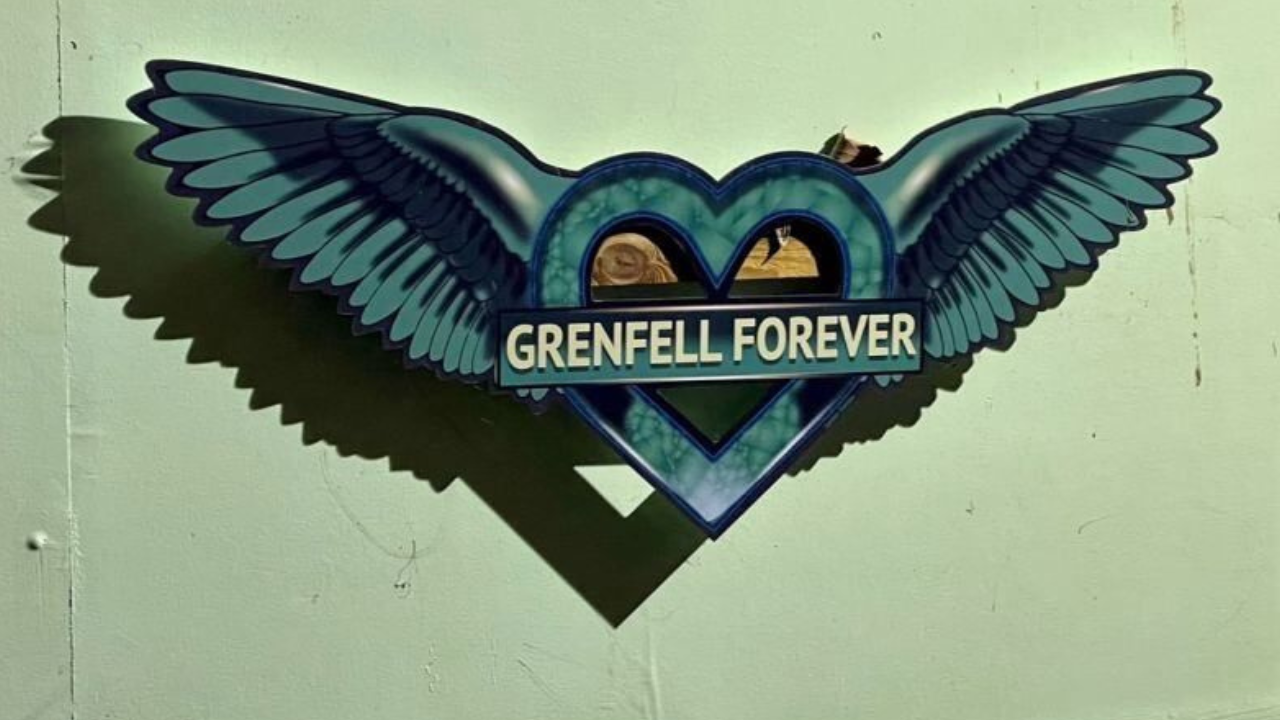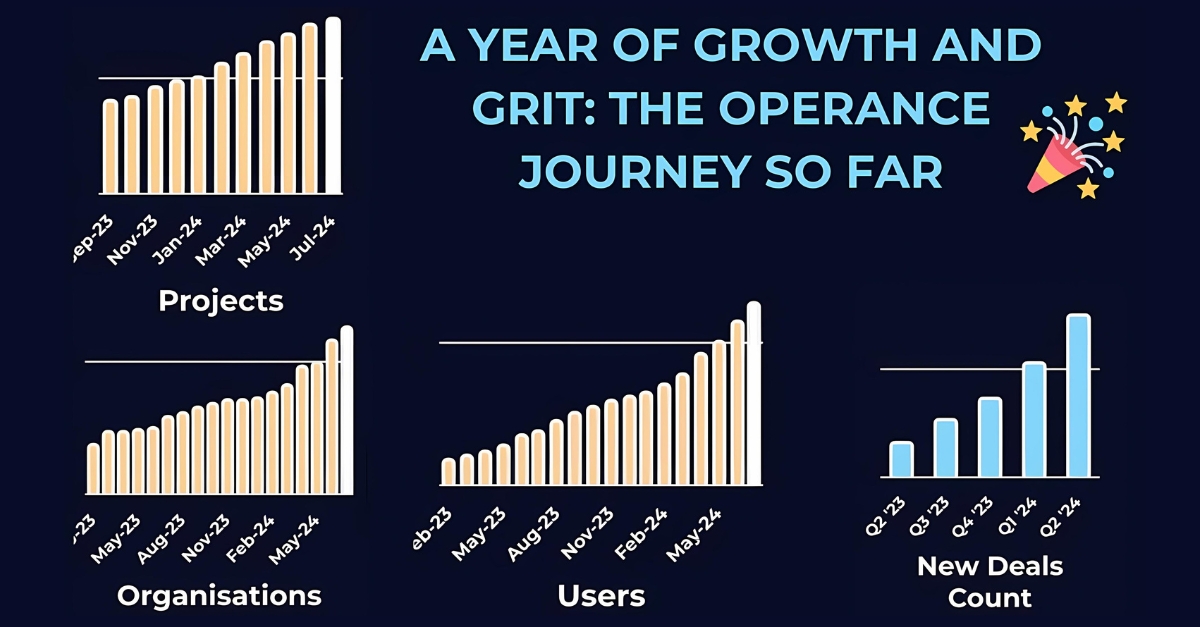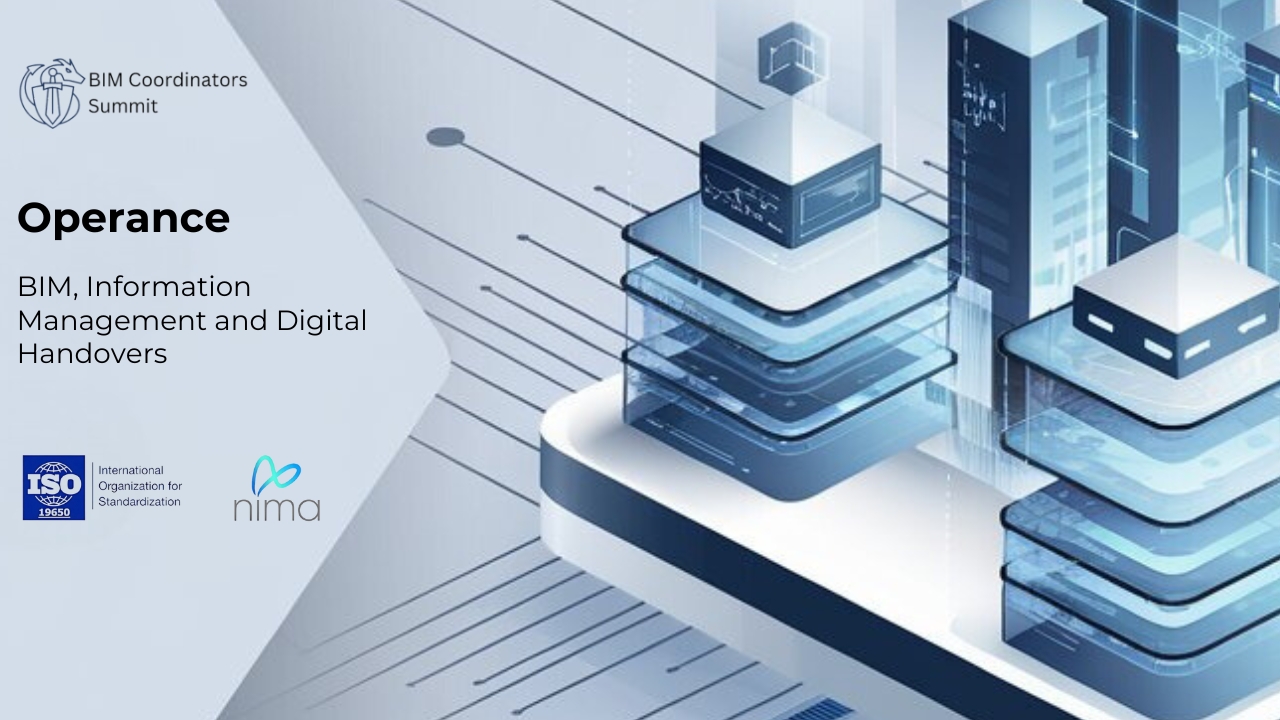What is the Golden Thread
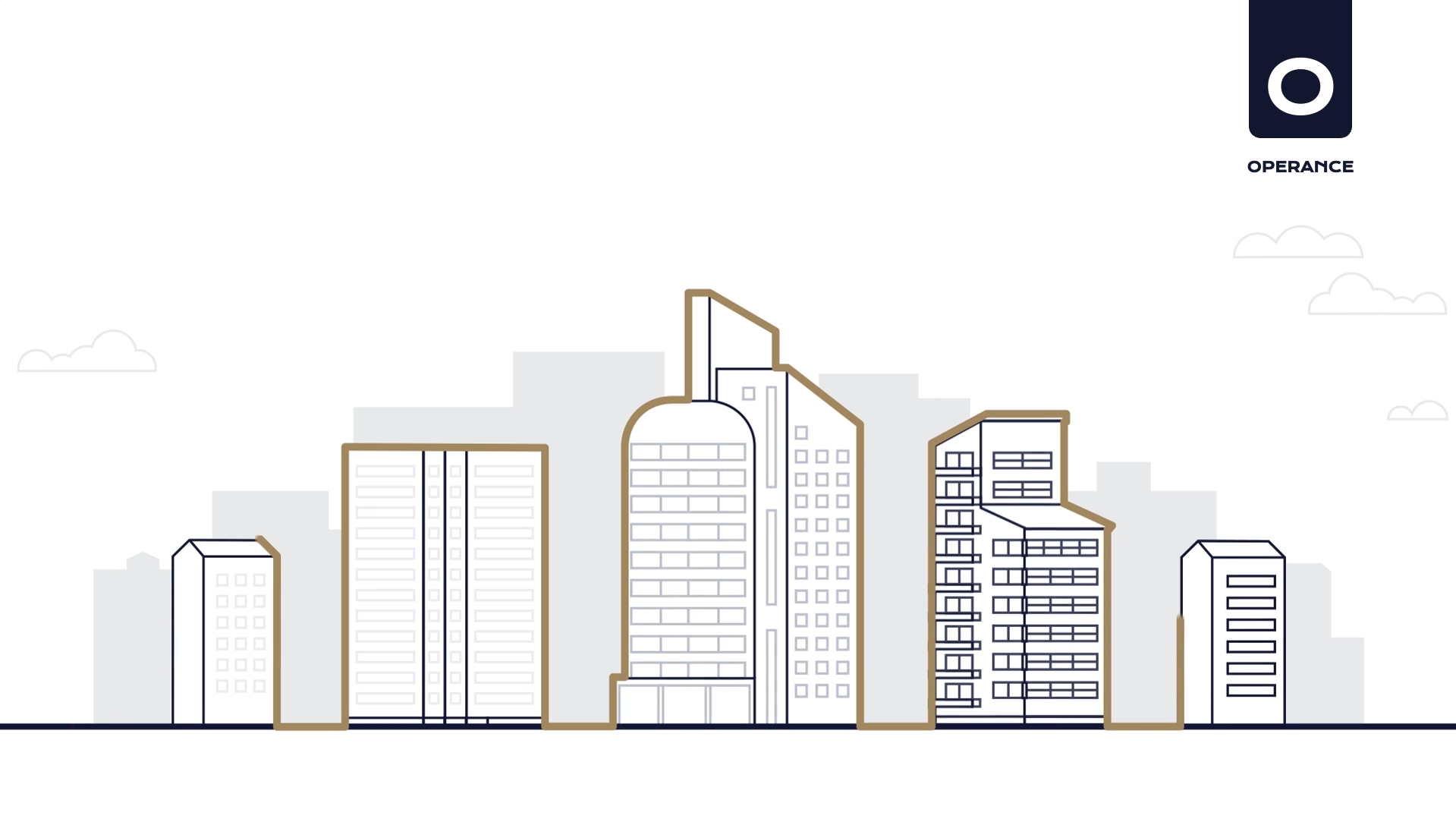
The Golden Thread of building safety information is a digital document containing an accurate and up-to-date record of building data that spans the entire lifecycle of old and new facilities.
The term featured heavily in the final report of the Independent Review of Building Regulations and Fire Safety, which was led by Dame Judith Hackett in 2017 after the Grenfell Tower tragedy.
New building legislation requires developers to provide this Golden Thread of information, which spans the entire lifecycle of old and new facilities.
Whilst this new demand for a breadth and depth of information places additional pressure on developers, housing associations and estate managers, the Golden Thread helps us to create safer, more efficient spaces for people to live – which, in our eyes, can only be a positive outcome.
But what does the Golden Thread mean for you and how are you going to deliver it?
We’ve outlined everything you need to know about the Golden Thread in this article below, alternatively, here’s a short video explainer…
Who is responsible for the Golden Thread?
The responsibility of the Golden Thread changes as the project progresses through two different phases: the Design and Construction Phase and the Occupational Phase.
The Dutyholder
During the Design and Construction phase, the development of the Golden Thread of building information is the responsibility of the ‘Dutyholder’.
The dutyholder may be fulfilled by either an individual or an organisation/legal entity. A dutyholder can hold more than one role in a building project. Some examples of dutyholders include:
- Client
- Principal Designer
- Designer
- Principal Contractor
- Contractor
- Building Safety Manager
The information gathered by the project team is verified by the dutyholder at the end of specific ‘Gateways’ during and at the end of the Design and Construction phase.
The dutyholder must present the Golden Thread when registering the building with the Building Safety Regulator (BSR) so they can successfully obtain a Building Assurance Certificate (BAC).
The responsibility for the Golden Thread changes when you reach the Occupation Phase of the project.
The Accountable Person.
The ongoing development of the information package throughout its lifecycle becomes the responsibility of a new dutyholder who becomes the named ‘Accountable Person (AP)‘.
They are responsible for registering existing and new occupied buildings and applying for a Building Assurance Certificate and is required to comply with all the statutory obligations on an ongoing basis.
The AP is the dutyholder during the Occupation phase. They may be an individual, partnership or corporate body and there may be more than one Accountable Person for a building.
The AP nominates a Building Safety Manager (BSM) to continue maintaining and updating the information to record the ongoing safety of the building.
The BSM can be either an individual or organisation that must have the organisational capability and relevant skills, knowledge, experience and behaviours to support the Accountable Person in the day-to-day management of fire and structural safety in the building.
Find out more about who is responsible for your Golden Thread: Access the guide.
Learn more about who you should appoint as your dutyholder and accountable person (AP).
Which buildings does the Golden Thread apply to?
The Golden Thread is required for all high-rise buildings (HRB) – residential buildings with a height of 18 metres or more.
In the future, this is likely to extend to include smaller buildings and asset-specific information.
Every time a building is changed or maintained, information reflecting those changes needs to be recorded.
What do I need to include in the Golden Thread?
The Golden Thread of building information is currently being defined as part of the Ministry of Housing, Communities and Local Government (MHCLG) sponsored ‘Golden Thread Initiative’ project.
The Operance team is invited to participate in the project and share our experience and software to help define the information requirements and provide the first working example for the Golden Thread.
The final requirements of the Golden Thread will be defined in secondary legislation.
Want to know when the secondary legislation is announced?
Tap here to receive a notification from us.
What we know now is that your Golden Thread needs to contain accurate, up-to-date information about the design, construction and ongoing maintenance of buildings.
It’s likely that the legislation will require information about:
- Building Safety
- Fire Safety
- Structural Safety
However, it’s anticipated that, over time, more information will be required, such as Asset Information for assets that don’t fall within one of the above categories.
The Golden Thread is essentially a digital way of working that enables a systematic, controlled approach to construction, refurbishment and management of occupied buildings, to manage building safety information.
The best way to comply is to create a standardised digital package to make sure all your buildings and the assets within your estates develop uniform building safety information.
We’d recommend creating and controlling this data at the component level (the assets and elements of which make up the building) in three ways:
- What – What information is required. Use templates and checklists to define and audit standardised information.
- When – The timing of when and who supplies the information. Software platforms such as Operance O&M linked to master project programmes need to be used to plan and coordinate your information in a timely manner.
- Where – Where the information is stored. Implement an easy-to-use, open format and non-proprietary software (meaning that information and data can be easily accessed and shared between other digital platforms).
The specifics of what you need to include in your Golden Thread depends on the phase of your project. Below is a breakdown of the two Golden Thread phases and specific gateways at which you need to supply information.
Design and Construction Phase.
Before construction can commence, the dutyholder must submit key Golden Thread information to the Building Safety Regulator.
This information includes but is not exclusive to:
- Specifications – detailed construction products, materials and component information, including important fire performance capabilities.
- Plans relating to how fire and structural safety risks will be managed.
- Models – digital 3D BIM representations of the building ‘as planned’.
- Fire Statement – details on fire service access and fire fighting water accessibility, which forms the foundation of the fire and emergency file.
- Construction Control Plan – how compliance with Building Regulations will be achieved and how changes will be controlled and recorded.
Major changes affecting any of the above items in relation to safety need to be agreed upon with the principal designer and client and approved by the Building Safety Regulator (BSR) in advance.
In order to obtain and validate the information in a timely manner, the new Building Safety Bill process includes the introduction of three ‘Gateways‘:
- Gateway 1: before achieving planning permission.
- Gateway 2: before construction begins.
- Gateway 3: before handover.
The gateways are compliance ‘hard stops’, which require the responsible dutyholder to demonstrate to the new Building Safety Regulator (BSR) how they are actively managing risk. If they do not adequately comply, the BSR can stop the project from proceeding to the next stage of development.
The gateways during the Concept, Design and Construction phases align with the eight RIBA Plan of Works 2020 stages as follows:
Golden Thread information is required before planning permission is granted.
The key golden thread information listed above must be submitted to the Building Safety Regulator (BSR) before the planning application is submitted.
Golden Thread information is required before construction begins.
The updated key Golden Thread information listed above must then be re-submitted to the Building Safety Regulator (BSR) before construction begins.
Golden Thread information is required before handover.
The updated key information is again presented by the dutyholder. Once the final gateway approval certificate is obtained, the Design and Construction phase dutyholer hands over their specific duties to the Accountable Person (AP). This ensures that the regulatory requirements beyond the gateways are met during the next stage: the Occupation Phase.
The Occupation Phase of the Golden Thread.
With all the information updated and reviewed throughout the Design and Construction Phase, the Golden Thread is presented to the Building Safety Regulator (BSR) for review. Once satisfied, the BSR issues a Building Assurance Certificate (BAC), which permits occupation.
Note: This certificate could include certain conditions, such as requiring last-minute test certificates before a certain date. The certificate and safety case (identification of hazards and how to control inherent risks) is subject to review every five years.
Your responsibility for the Golden Thread never stops. It’s an ever-evolving process that spans across the facility’s full life story.
The Golden Thread is not something you can develop and complete, you can not employ someone to create it and ‘hand it over’. In fact, the recording and updating of building safety information continue up until the final decommissioning and demolition of the building.
How to get started and begin creating the Golden Thread
Our ‘Operance 4-Step Golden Thread Plan’ breaks down the process of developing the golden thread and in doing start creating a digital estate into four simple, easy to follow steps.
Note: This certificate could include certain conditions, such as requiring last-minute test certificates before a certain date. The certificate and safety case (identification of hazards and how to control inherent risks) is subject to review every five years.
Your responsibility for the Golden Thread never stops. It’s an ever-evolving process that spans across the facility’s full life story.
The Golden Thread is not something you can develop and complete, you can not employ someone to create it and ‘hand it over’. In fact, the recording and updating of building safety information continue up until the final decommissioning and demolition of the building.
Step 1 – Define:
To help organisations take the first step, our Operance information managers develop your organisation information requirements. They help understand your owners, operators and occupiers in-use information needs and create a tailored set of requirements using the expected building safety bill requirements as a foundation.
Step 2 – Curate:
Our award-winning Operance BIM team then helps curate your digital building information on both legacy and new buildings ensuring information is accurate, complete and fit for use.
Step 3 – Access:
Operance O&M is the first purpose-built desktop application to define, curate, audit and maintain the golden thread in one place. It is a common data environment (CDE), O&M coordination tool and supply chain database solution in one. It provides an immutable ‘quantum ledger’, built on blockchain technology, to produce a secure lifecycle record of high-quality building safety and asset information.
Step 4 – Maintain:
Our user-friendly Operance FM mobile application enables owners, operators and occupiers to easily search, share, update and use your building safety and asset information for simple property and facilities management. Our Smart HUG (Home User Guide) extension also enables tenants to access information in line with new building safety legislation.
Book an Operance demo today:
Call our sales team for more information:
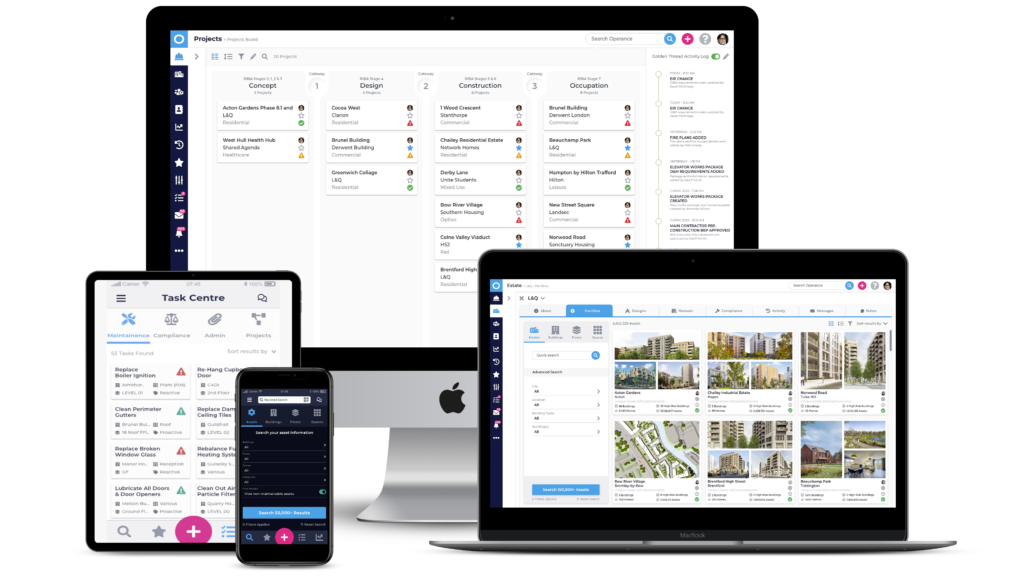
It’s free to upload your own BIM models and helps operatives access, search, share edit and update their information, utilising it for simple planned and preventative maintenance:
NEWSLETTER
Revolution Is Coming
Subscribe to our newsletter so we can tell you all about it.
You can unsubscribe at any time and we don’t spam you.









